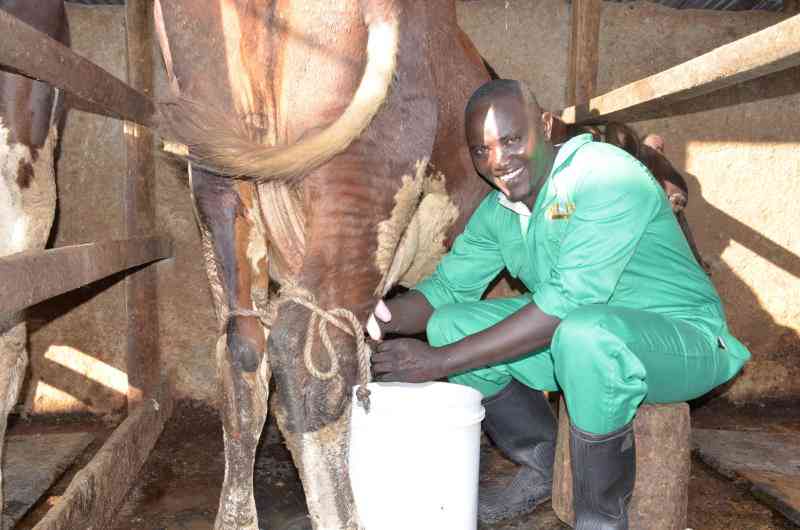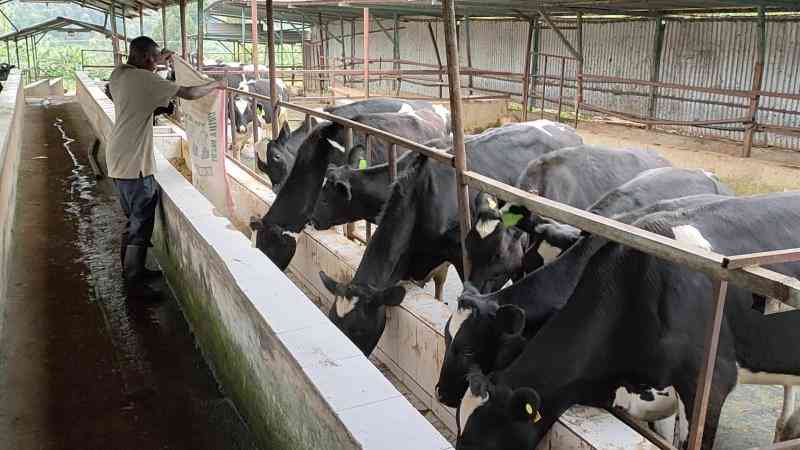The beetroot is a biennial vegetable, high in soluble fiber, minerals and vitamins.
It can be white or golden, but the most popularly grown is the round shaped beet, with a fleshy dark red to purple-crimson coloured flesh.
Beetroots make iron rich fodder for livestock, and are widely used to boost milk production.
The bright fleshed roots are, however, taking a significant place in today’s research in human health and nutrition and are prized for holding numerous health benefits.
The fleshy roots were first grown by the ancient Romans, who put them into a wide range of uses. From the noble uses of fixing a delicious meal, to the medical purposes of fixing a wound or calming a fever, to the more peculiar uses as an aphrodisiac.
Modern research has taken claims of the magical powers of the blood coloured root to a higher level, admitting it has special components useful in preventing and managing a myriad health complications, ranging from constipation, to high blood pressure, cardiac arrest and even dementia among others.
Farming of this cancer fighting red root is quickly spreading throughout the globe, with USA, Poland, Germany and France among the top producers. It is popularly used in extracting fresh juice, preparing salads, manufacturing wine and in various cuisines. In Eastern Europe, the glutamine rich root is best known for making borscht, a popular beetroot soup.
How to grow
Most good things come at a cost, but not for beetroots. The vegetable is amazingly easy to grow, and can be produced in small kitchen gardens or huge commercial ventures. You can even raise beetroots in containers, as long as they are deep enough and are placed in a well lit place. Beetroots love the sun, and you should not deny them natural light and warmth.
They prefer to grow in cool weather, but can tolerate a little bit of frost.
Even though beets can grow in a wide range of pH, acidic soils are likely to result to mineral deficiency, which will deny the roots the magical properties it is known for.
It is therefore important to first establish your soil’s pH before planting your seed. If it’s acidic lime it.
Beetroots can be grown for the leaves which are used in a similar manner as the spinach, but most people farm them for their roots. Like most root crops, it is important to grow your crop in light, well drained soils.
Heavy soils such as clay inhibit the balloon of the beetroot, and cause malformation. If you are growing the crops in a container, a little bit of sand and a generous serving of manure is enough to lighten the soil.
Growing tips
Stay informed. Subscribe to our newsletter
Beetroots are mostly grown from seed. Pre-treated seeds are fairly easy to grow, but if you are growing the crop directly from the fruits, you may need to treat them to boost their germination rate. Once planted, the seeds need to be watered frequently until they germinate. The watering must however be moderate; keeping the soil reasonably moist, without logging it.
You will need to reduce the frequency of watering after germination, but still ensure the soil is moderately moist to a depth of 20-25 cm. The watering must be very consistent; otherwise the fluctuation will result to poorly shaped roots, or make them too hairy.
For maximum yields, thin the crop to 5-7cm within a row, and keep the row spacing to about 25cm. Generous spacing is as important to the beetroots, as frequent rotation of the crop.
Weeding
Whereas caring for the beets is amazingly easy, weeding for the crop can be a fairly delicate affair, since the fleshy bulbs are sensitive and prone to mechanical damage. If using a mechanised tool to pull out the weed, they must be run by a skilled person, otherwise you risk bruising your bulbs severely.
In commercial settings, farmers will often prefer to use selective herbicides to kill the weeds.
But if yours is a small garden, you can possibly pull out the weeds by hand, or use a simple tool such as a panga to carefully root out the unwanted plants.
Harvesting
Your beets will be ready for harvesting in about six weeks. The roots will, however, not complain if you leave them in the soil for a little bit longer. But do not leave them unharvested beyond seven weeks, as the fleshy root in most varieties is likely to degenerate into a woody, unpalatable mass.
Storage
Your crop can be kept for 2-3 months, but they need to be stored in cool temperatures, with good aeration. The harvested crop should also be stored in a dry environment as they are susceptible to fungal attacks. If you choose to refrigerate your harvest, ensure the temperature does not drop below zero, otherwise roots will suffer cold wilting.
Now you see how this nitrate rich pack of antioxidants can easily grow in your backyard.
Go on and dig in some beetroot seeds on your kitchen garden, and watch as the plants happily bring forth their nutrient packed leaves and roots. Or better still, turn it into a commercial venture and make some good money out of the delicious roots.
 The Standard Group Plc is a
multi-media organization with investments in media platforms spanning newspaper
print operations, television, radio broadcasting, digital and online services. The
Standard Group is recognized as a leading multi-media house in Kenya with a key
influence in matters of national and international interest.
The Standard Group Plc is a
multi-media organization with investments in media platforms spanning newspaper
print operations, television, radio broadcasting, digital and online services. The
Standard Group is recognized as a leading multi-media house in Kenya with a key
influence in matters of national and international interest.
 The Standard Group Plc is a
multi-media organization with investments in media platforms spanning newspaper
print operations, television, radio broadcasting, digital and online services. The
Standard Group is recognized as a leading multi-media house in Kenya with a key
influence in matters of national and international interest.
The Standard Group Plc is a
multi-media organization with investments in media platforms spanning newspaper
print operations, television, radio broadcasting, digital and online services. The
Standard Group is recognized as a leading multi-media house in Kenya with a key
influence in matters of national and international interest.









